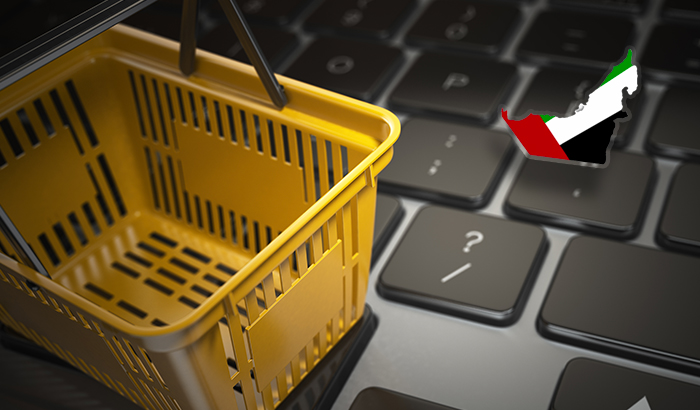Many small business owners and entrepreneurs know they should be tracking key performance indicators for their businesses, but with so much time going into running a business, there’s not much time left for identifying which ones to track through the plethora of Key Performance Indicators.
More often than not, you end up going through a rabbit hole identifying which ones are going to add real value to your decision making.
As a start, we’ve pulled together a few important ones that every SME should be tracking regardless of their industry.
1. Gross Profit Margin
This shows you how much revenue your company has after you’ve deducted the costs of sales and how much is left to cover operating expenses.
By calculating your gross profit margin, you can quantifiably measure how well you are selling your products or services.
It can also tell you:
- How effective your business is
- If your business is growing
- If your pricing is conductive to your growth
- How your business is faring against your competitors
- If you can pay your operating expenses
2. Total Revenue
This is the total amount you earn for services delivered or goods sold and is most useful when compared to your target revenue.
By continuously monitoring your revenue and comparing it to your goals, you will know in real time how your business is performing and whether you need to reevaluate your pricing strategy.
Identifying trends early on, helps you make better informed decisions before year end.
3. Operating Profit Margin
This is the portion of revenue left after operating expenses have been deducted.
Not only does it measure your business’s efficiencies in terms of operations, but you can also use it to compare your business to the industry profit margin & trends. If you identify that your profit margin is lower than the industry, you can investigate and pin point the problem before it escalates.
4. Accounts Receivable Days
This is the amount of time it takes you to collect the money your customers owe you and is a great KPI to measure your cash flow. The faster your business collects your accounts receivable, the better your cash flow will be. High accounts receivable means you will not be able to pay your bills & creditors on time.
5. Revenue Growth
By measuring this KPI you can monitor how your revenue has increased or decreased over a period of time. This gives you a snapshot of business trends, and identify if your growth is aligned to your company goals.
6. Debt to Net Worth Ratio
This ratio measures how much debt you have compared to your business equity and it shows how financially healthy your business is.
In terms of risk, a ratio of 0.4 or less is considered a better debt ratio.
Knowing where you stand financially is critical to nearly every aspect of your business, and real time KPI’s allow you to truly know how your business is performing so you can be proactive instead of reactive in your operations.
If you are looking for professional support in pulling together financial reports, get in touch with us for a free consultation.






